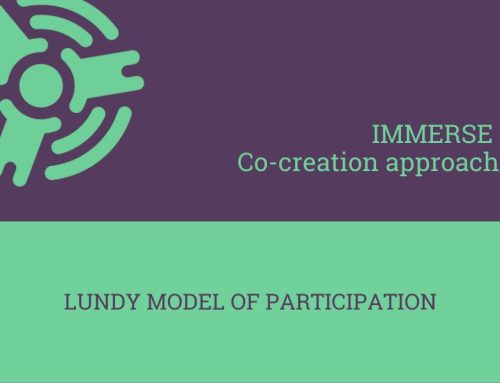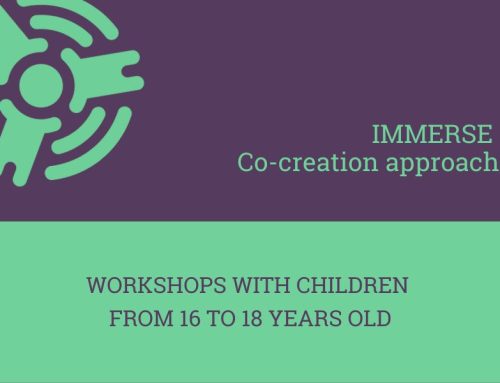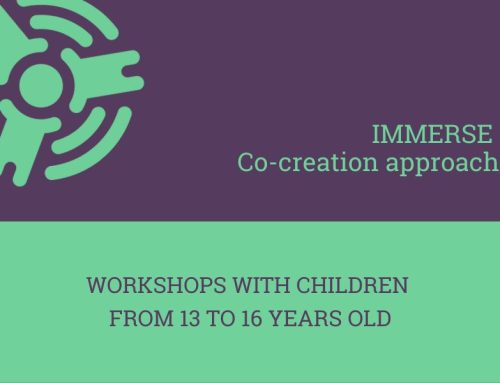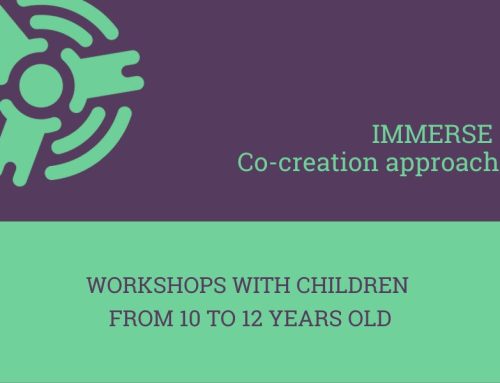In order to set the mood for the workshop, it is important to open the session in the right way. As such, the facilitator should be assertive in introducing the session and explaining the agenda. This ensures that everyone knows who is in charge and who they can turn to in case of questions. Participants should then be given the chance to introduce themselves so that they feel comfortable engaging in activities with the rest of the group. Introductions can be made individually, with each person taking 1 or 2 minutes to say something about themselves to everybody else. Alternatively, split the group into pairs and have each participant introduce themselves to their partner. After 2 minutes, reform the group and ask each member to present the other person.
It is equally important to finish the session in an appropriate manner, so that participants have a sense of closure. Here, the facilitator should recap what has been covered. Focus on positive points and on praising the participants, but also highlight if something needs to be done differently. This can also be achieved using an evaluation form, if appropriate. Use what you have learnt to help form a follow-up plan. You can also ask each participant to present one thing that they have learnt from the session to the group. Round off by employing one of the more energetic exercises from the toolbox, so that everyone leaves with a smile on their face.
Icebreakers, Warm-Ups and Energizers
These techniques are used to introduce participants to each other, build rapport, help them wake up, to recapture their wondering interest, or to inject energy into the session. As the name implies, the icebreaker warms the learning environment to the point that the ‘ice’ keeping participants from interacting with each other melts and activities can begin.
| Process |
|---|
| This technique involves a certain level of fun. It is how it is used that makes it an ice breaker. A joke, short game, or physical activity of some sort can all be icebreakers. Integrating personal information such as names, hobbies etc. can help to build bonds faster. For example, to start a class with new participants you might randomly pair off participants. Once in pairs, have participants draw a picture which describes something about them, and then explain it to the group; solve a puzzle together; or take a “blind walk” in which one person (whose eyes are closed) is led by a partner’s verbal instructions could be some examples. |
| What we have in common |
|---|
The facilitator calls out a certain characteristic which they are sure relates to at least some of the participants. For example, if the facilitator says, ‘everyone who has a pet’, all of the people who have pets should move to a specified space in the room. As the facilitator calls out more characteristics – e.g. ‘likes football’ – the participants who this relates to move into a different area. |
| Pictures |
|---|
It is often beneficial to incorporate some sort of creative aspect to the activity, so as to encourage participants to enjoy and express themselves. Pictures are particularly useful in this regard, and can be applied in one of two methods:
Whichever method you choose should be followed up with a discussion, whereby the feedback is light-hearted and not focussed on criticism. Common questions to guide discussion: What can you see in this picture? Is the situation familiar? What are the problems associated with this picture?. |
| Name games |
|---|
When you have several people in a group, particularly from different backgrounds, they are likely to have a range of different names. This can be very useful for facilitating introductory activities. One particular technique for learning each other’s names is as follows: Everyone selects a verb that starts with the same letter as their name (e.g. Jumping James). Start by throwing a ball to the first participant and perform the action as you say their name. All other participants then copy the action. The ball is then thrown to the next person, performing the action that they have selected (e.g. Laughing Lucy), before proceeding around the rest of the group. |
| Machine |
|---|
This exercise encourages participants to pay attention to one another by acting as part of a team. Have everyone line up in against a wall. One participant comes into the room, searches for a position, performs a simple movement, and repeats it, while making a sound that matches the movement. The second person should then perform a follow-up movement and an appropriate sound which intertwines with the first person. Little by little all the other group members join, so that everything results into a complex construct of movements and sounds. |
| Excitement sharing |
|---|
Participants share something exciting with the group that happened to them recently, for example: “my friend came to visit”, “we picked blackberries for the first time this year”, “and I went to a football match”. This creates a lot of positive energy in the room and fosters a bond among participants due to the personal nature of the activity. The news should be kept brief so as to maintain the pace and energy of the exercise. Discourage questions and comments. |





